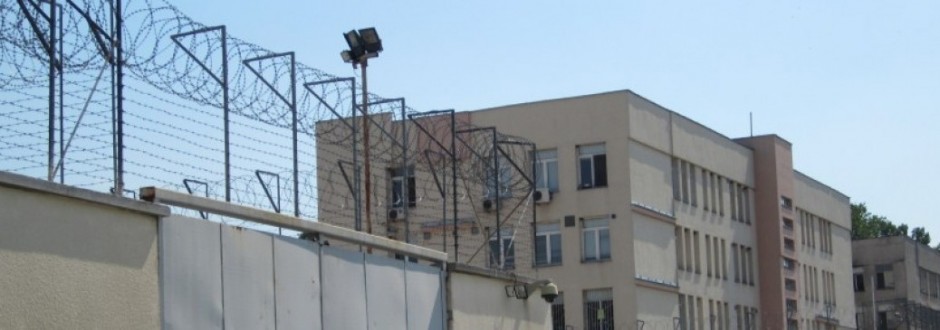Bordermonitoring Bulgaria
During the last months few reports from different organizations were written about the Bulgarian Asylum System. Since 2011 Bordermonitoring Bulgaria is monitoring the implementation of social and human rights of refugees and other vulnerable migrants in the Border region of the European Union, especially Bulgaria. On this blog we collect current news, press articles, literature, judicature and statistics to analyze them. We are working together with the association bordermonitoring.eu, that has recently worked on reports in several countries as Hungary, Ukraine, Italy and Malta.
Asylum Process in Bulgaria
After being caught by the authorities and sentenced for “illegal border crossing”, many of the refugees are sent to the detention centers of Busmantsi, Lyubimets or Elhovo. There, they are being checked, whether they are entitled to apply for asylum. The decision is taken by the ‘State Agency for Refugees’ (SAR). When there is a decision that the refugee in question has the right to apply for asylum, after several months the person is sent to the open center in Pastrogor (once functioning as a Transitcenter), or to other open centers, like Harmanli, Sofia (with its three camps Ovcha Kupel, Vrazhdebna and Voenna Rampa), or Banya where the refugees are being registered in the EURODAC database.
In case EURODAC shows that the person has been seeking asylum in another country, the person is sent back to the respective country – that is basically what the Dublin II (now Dublin III) regulation is about. If they haven’t left their fingerprints in another EU-country, they have to wait. After some weeks or months, they are transferred to an open refugee camp. During their stay in these centers, according to the guideline of the European Council, the final decision concerning the asylum application has to be taken.
The so called „refugee wave“
In October 2013, the situation changed when higher numbers of, mostly Syrian, refugees tried to enter the Bulgarian territory. The Bulgarian State reacted with a temporally closing of the border and the erection of new camps in former abandoned military barracks. Bordermonitoring Bulgaria visited the new camps and works on an overview about the situation of asylum seekers in Bulgaria.
You can download our last bigger report from 2014 here.
Bordermonitoring Bulgaria gets regularly requests from journalists. A list of contributions, where we gave statements or/and supported the research, can be found here.
